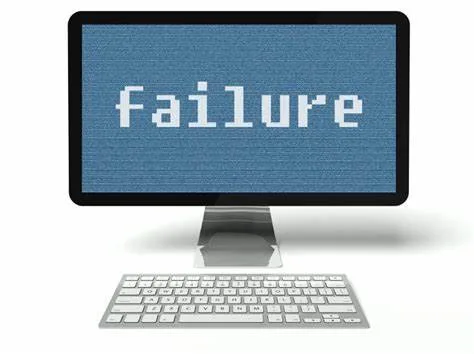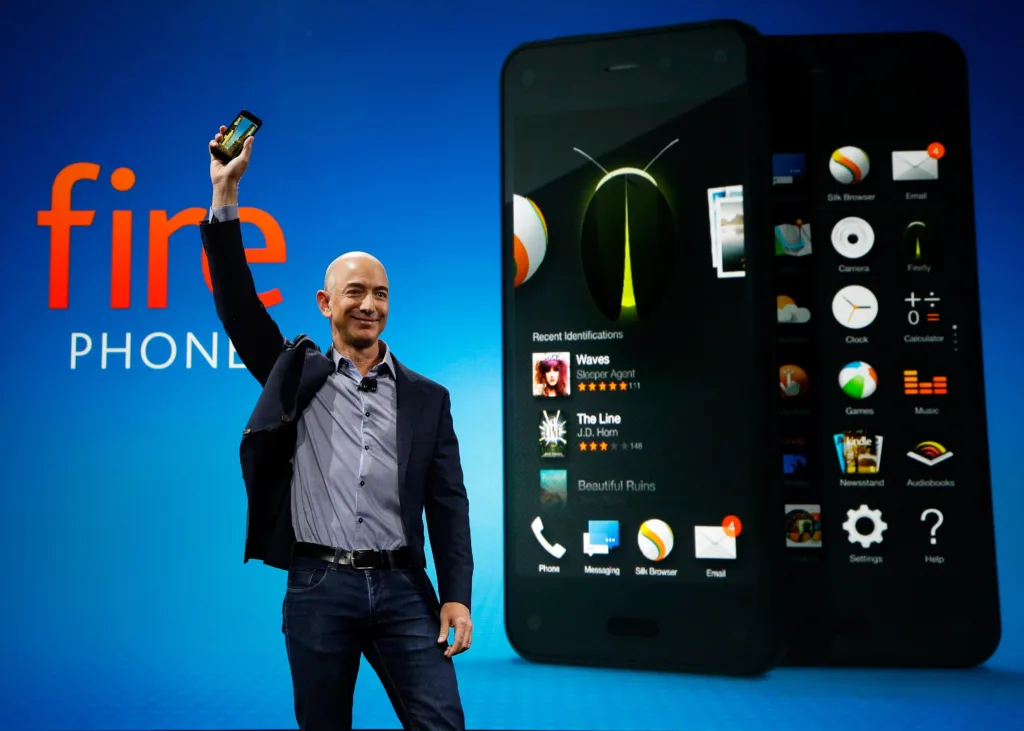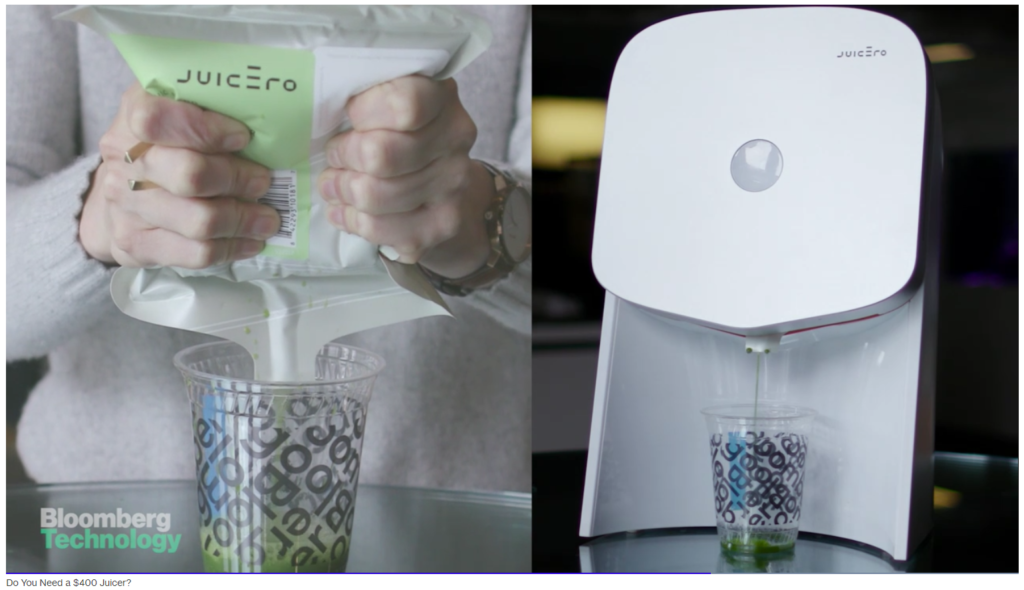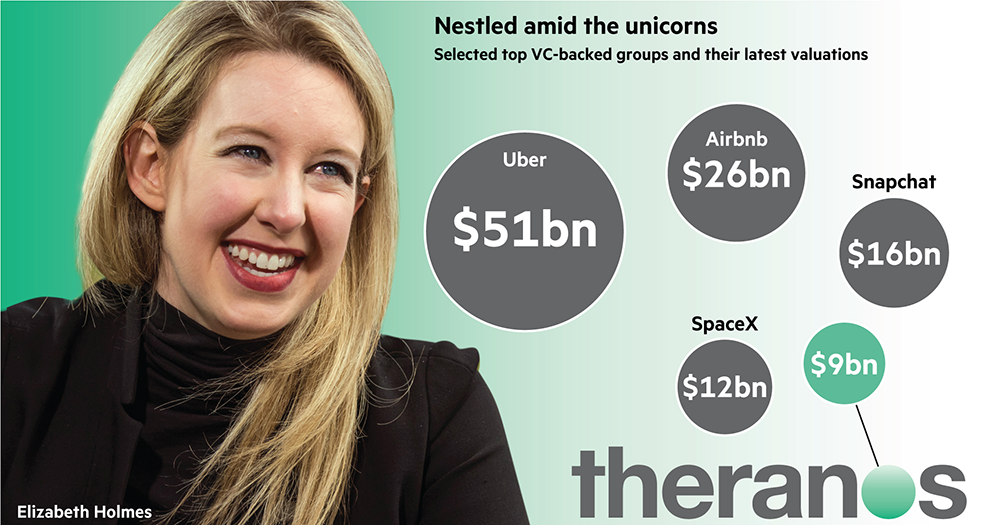
Biggest Tech Failures Of The Last Decade
Today we are going to look over the last decade (2010-2020) to cover the biggest and most costly tech product launch failures.
Samsung Galaxy Fold
According to Samsung, the Galaxy Fold was supposed to be revolutionary. It was a sleek looking device selling for around $2,000 set to be the first folding smartphone from any major manufacturer. This device would allow Samsung to leverage its display technology prowess into a new hybrid device that the competition simply could not match.
High budget adverts were lined up and at first, consumers were interested, looking in awe at the next generation smartphones with folding displays.
Unfortunately though, upon initial release of the Galaxy Fold, early reviews started coming back and they were a disaster. On social media pictures and videos quickly began to spread of galaxy folds with crumpled broken screens. Even worse several of the phones died in the hands of professional youtube reviewers whilst filming.
Consumers also complained that if the screens didn’t break, they would crease. This may not be a deal-breaker, but it would annoy users who had expected to watch crystal clear movies on their 1536×2152 pixel display without an annoying crease down the middle.
Loyal fans highlighted areas of improvement needed especially with the hinge. And it seems Samsung is going to give it another shot, launching the Galaxy Fold 2 towards the end of 2020!
Amazon Fire Phone
In 2014, Amazon released the “Fire Phone”, an ambitious smartphone under its own “Amazon Fire” branding. It was built on the same subset of android as the somewhat popular Amazon Fire Kindle tablets of the time. The company planned to use its top retailer status along with its sales and marketing power to push this phone to the top of the Amazon best sellers list.
So, what happened to the “Fire phone”?
It became Amazon’s biggest hardware flop to date. The company has never confirmed what the exact number of fire phones sold is. Although we don’t have the exact figures, considering Amazon took a massive 170 million dollar write-down that very October in 2014, it would be safe to say they did not sell as many as they had expected!
This shows that even the biggest sales and marketing machine on the planet Amazon, could not make a success of a device that consumers found confusing and overpriced.
Juicero
400 dollar wifi connected Juicer anyone?
Juicero was a Silicon Valley health startup that raised over $120m from investors. They produced a new age juicer with a clean sleek design and it worked with your wifi. It was marketed as an “internet of things” (IoT) device which was a new and trendy concept at the time. The Juicer produced fresh juice without requiring you to squeeze pulpy citrus fruit between your bare hands like some kind of primate.
Juicero worked by offering packets of diced fruits, the user would plug the packet into the juicer which then automatically squeezed out a fresh glass of juice.
At this point, you are probably wondering what could possibly go wrong? This device combines multiple tech trends (Health Tech, IoT, etc) of the time, which was probably one of the reasons it was so well funded.
Well, it all came crashing down when the users figured out they could easily squeeze the juice packets with their bare hands. This turned the contents of the packet into juice at a faster rate than the expensive juicer machine. Once this information circulated on youtube, users ditched the sleek juicer and its 400 dollar price tag going back to more primitive but also more efficient methods of making their morning juice.
This shows that no matter how many favorable and timely tech trends your product may encompass unless it serves its basic purpose well, it is unlikely to succeed with users in the longer term.
Tharanos
At 19 Elizabeth Holmes dropped out of Stanford University to start a blood-testing startup “Tharanos”.
This may have been daunting to some teenagers but amazingly, within a few years, Tharanos was backed by 700 million investors capital. The company also received a valuable endorsement from presidential hopeful Hillary Clinton.
At one point in 2014 Tharanos even received a valuation of $10 billion quite an achievement for its young founder!
Unfortunately, little of the technology actually worked and many of the test results that the company had claimed came from its device were really done using traditional lab equipment. For years engineers close to the project would leak information highlighting the technical inadequacies of the project only to then be attacked by the founders.
It all came crashing down when the shortcomings and inaccuracies of the company’s technology were finally exposed and recognized. Now Theranos and Holmes are charged with creating a “massive fraud” in a legal case currently headed for court.




